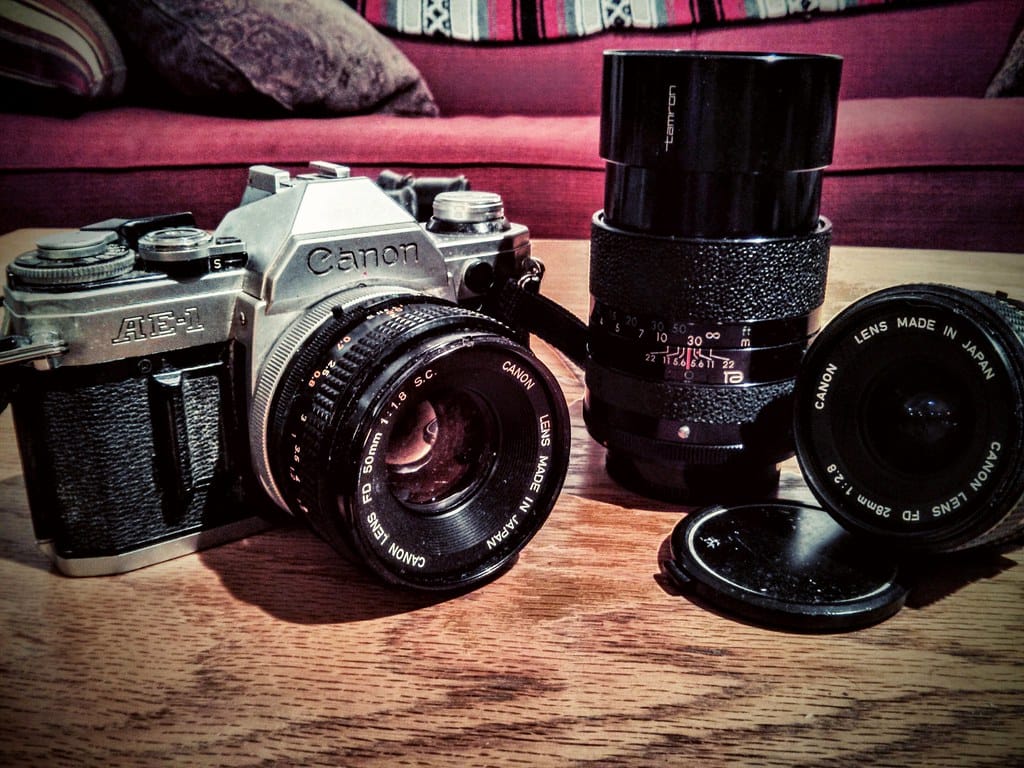Revolutionary Hair-Thin Lenses Could Make Phone Cameras Impossibly Small
Scientists have developed microscopic lenses thinner than human hair that could dramatically shrink camera systems in smartphones, drones, and medical devices while delivering superior image quality. These breakthrough "metalenses" represent a fundamental shift from traditional glass optics that have dominated photography for centuries.
The Dawn of Metalens Technology
Researchers at Harvard University and other leading institutions have created lenses measuring just 600 nanometers thick—roughly 1/100th the width of human hair. Unlike conventional curved glass lenses that bend light through their shape, these metalenses use millions of precisely engineered nanostructures called meta-atoms to manipulate light waves at the subwavelength scale.
The technology works by arranging titanium dioxide nanostructures in specific patterns across a flat surface. Each tiny structure acts like a miniature antenna, controlling how light passes through and focusing it with remarkable precision. This approach eliminates the need for multiple curved glass elements typically required in camera systems.
Transforming Mobile Photography
Current smartphone cameras require complex arrangements of multiple glass lenses, autofocus mechanisms, and significant internal space. Apple's iPhone 15 Pro, for example, uses a sophisticated seven-element lens system in its main camera. Metalenses could potentially replace entire lens assemblies with components thin enough to be integrated directly into phone screens or bodies.
Early prototypes demonstrate metalenses capable of producing sharp images across the visible light spectrum while correcting for chromatic aberration—a persistent challenge in traditional optics where different colors focus at slightly different points. Samsung and other manufacturers have already begun investing heavily in metalens research, recognizing the technology's potential to enable ultra-thin devices.
Beyond Smartphones: Expanding Applications
Drone and Satellite Imaging
The aerospace industry sees immense potential in metalens technology. Traditional camera systems add significant weight and bulk to drones and satellites, limiting flight time and payload capacity. A complete camera system using metalenses could weigh less than a gram while maintaining professional image quality.
NASA has expressed interest in metalenses for future Mars missions, where every gram of payload comes at enormous cost. The ability to create high-resolution imaging systems without traditional lens assemblies could revolutionize space photography and scientific observation.
Medical Device Integration
Medical endoscopes and imaging devices currently require fiber optic bundles and complex lens systems. Metalenses could enable camera pills small enough to swallow comfortably while capturing high-definition footage of internal organs. Early trials suggest these systems could improve diagnostic capabilities while reducing patient discomfort.
Current Limitations and Challenges
Despite promising developments, metalenses face several hurdles before widespread adoption. Manufacturing these nanostructures requires expensive specialized equipment similar to semiconductor fabrication facilities. Current production costs remain significantly higher than traditional glass lenses, though experts predict rapid cost reduction as manufacturing scales up.
Light efficiency presents another challenge. While modern metalenses achieve 80-90% light transmission efficiency, premium glass lenses can exceed 99%. For professional photography applications, this difference matters significantly in low-light conditions.
Temperature sensitivity also concerns manufacturers. Metalenses can shift focus as temperatures change, requiring additional calibration systems or thermal compensation—adding complexity that could offset their size advantages.
The Manufacturing Revolution
Intel, TSMC, and other semiconductor giants are adapting their existing fabrication infrastructure to produce metalenses at scale. This approach leverages decades of investment in precision nanomanufacturing, potentially driving costs down rapidly once demand increases.
Industry analysts project metalenses could appear in consumer devices within 3-5 years, starting with specialized applications before expanding to mainstream smartphones. The technology's compatibility with existing semiconductor manufacturing processes gives it a significant advantage over alternative approaches.
Looking Forward
Metalens technology represents more than incremental improvement—it's a paradigm shift toward fundamentally different optical systems. As manufacturing costs decrease and efficiency improves, these hair-thin lenses could enable entirely new device categories, from contact lens cameras to ultra-portable drones no larger than insects.
The convergence of advanced materials science, precision manufacturing, and optical engineering has created unprecedented opportunities to reimagine how we capture and process images. While challenges remain, the potential applications extend far beyond current limitations, promising a future where powerful cameras become truly invisible components in our everyday devices.
